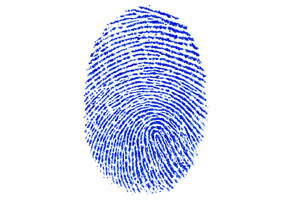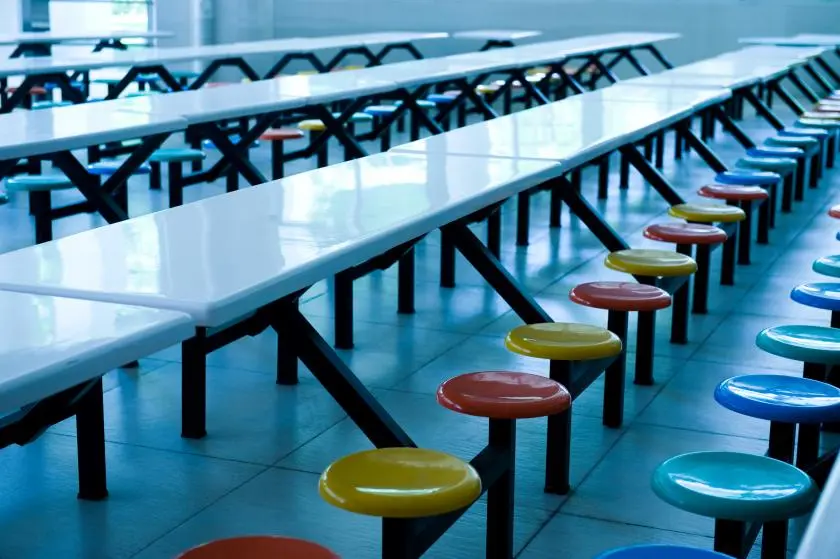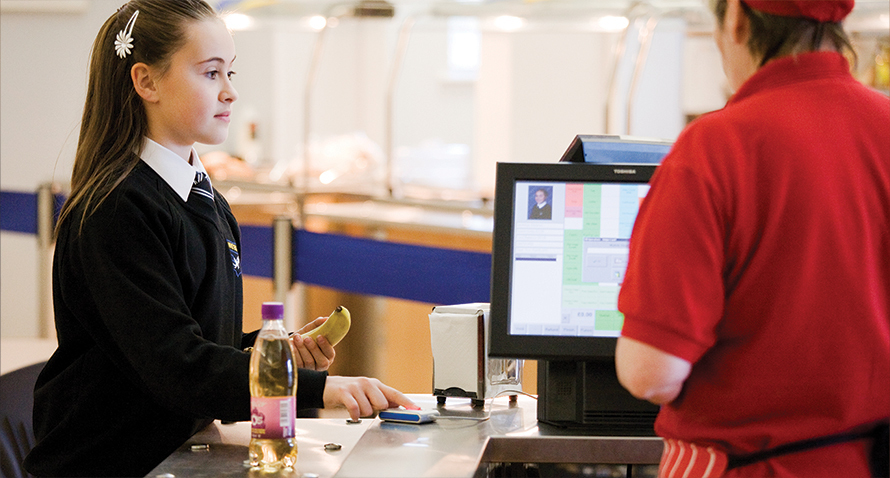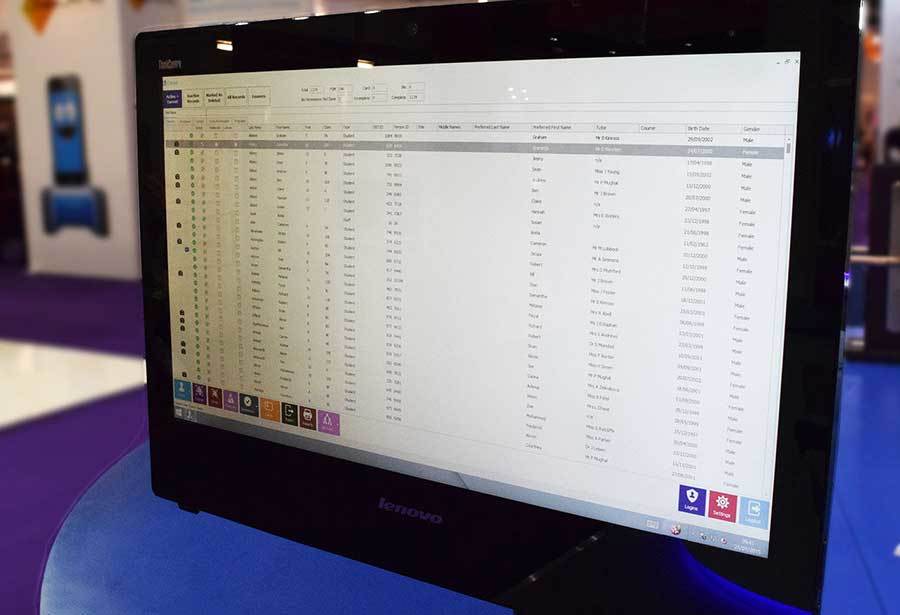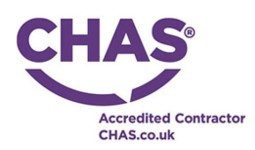With so many schools adopting new cashless catering methods, the introduction of biometric recognition can be a mind field. To address any concerns and myths, we've put together the top three common myths of biometric recognition and share the benefits our cashless catering systems provide to over 3,000 schools across the UK.
Myth 1: Schools do not obtain parental consent
A common misperception is that parental consent is not valued or considered when schools implement cashless catering systems or biometric readers, but this is not the case. As of 2012, all schools in England must ask for consent.
The government guidance states that schools must consult parents when using cashless catering systems and respect their wishes. All schools using our cashless catering systems must comply with legal regulations, using opt-in forms which parents must sign before their child is enrolled.
Cashless catering systems provide parents with additional benefits such as topping up and viewing their child's transaction history remotely. Parents place so much effort into providing their children with healthy, nutritious meals at home they often have no visibility over what foods their child regularly eats at school. This visibility contributes to encouraging a balanced diet.
Myth 2: children get used to high tech monitoring
The fear of surveillance, especially with children, is sometimes wrongly associated with biometric recognition. As technology advances, many devices now use fingerprint or retina recognition to store information. Our cashless catering systems only keep minimal data points, and this information cannot lead to fingerprint replication for fraudulent use.
Educational software has recently been a hot topic, with major technology companies like Googleand Apple striving to implement better learning solutions to increase classroom interactivity and development. Using the improvements that technology brings, schools can focus more on delivering high-quality, first-class education to their pupils.
Data is essential to any management body, and schools are at the forefront of using measuring values to determine effectiveness. With lunch periods becoming shorter and potentially cumbersome in many schools, data collected through the cashless catering system can lead to quicker queue times, resulting in happier children.
Myth 3: no alternatives to biometrics
Whilst it is often assumed that there are no alternatives for pupils who choose not to participate in biometric readers, this is incorrect. Both parents and pupils can choose an alternative method of recognition, and depending on the system, this can include a contactless card or a PIN code unique to each pupil. These options are available to all pupils and parents using the cashless catering systems.
The benefits of cashless catering
Biometric cashless catering systems benefit the schools using them and have dramatically reduced queue times, decreased staff resources, and reduced food wastage. An Edinburgh Council spokesperson said, "The use of fingerprint recognition for school meals is beneficial for the pupils and catering staff as it's easier to use, speeds up service at the till and takes away the risk of pupils losing their lunch payment cards".
CRB Cunninghams provides biometric recognition software to schools across the UK for more efficient meal services, reduced queues and happier children. 